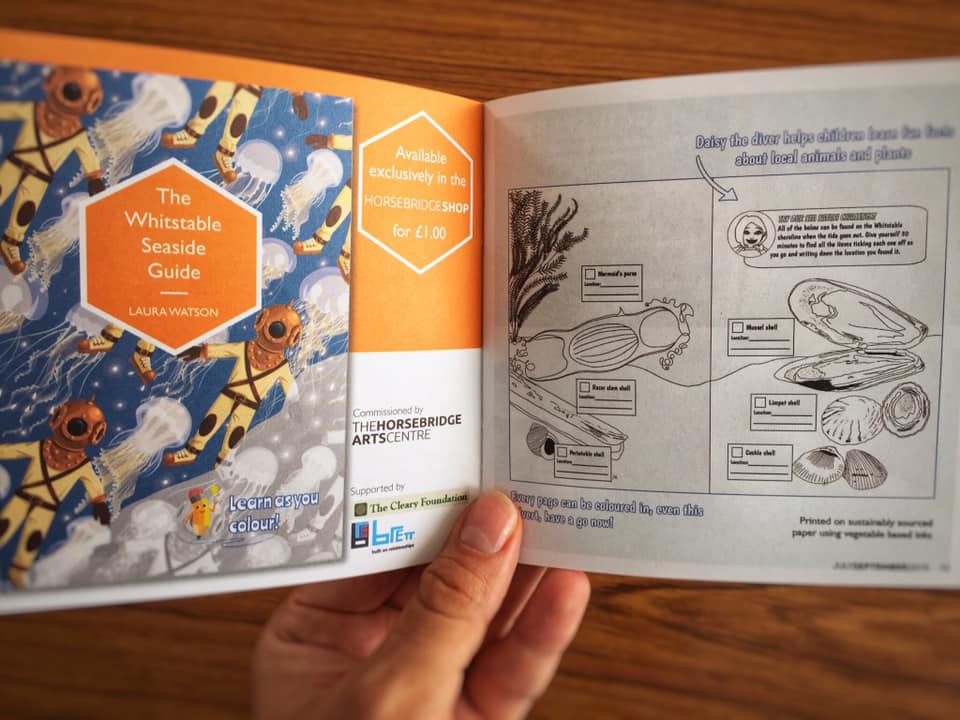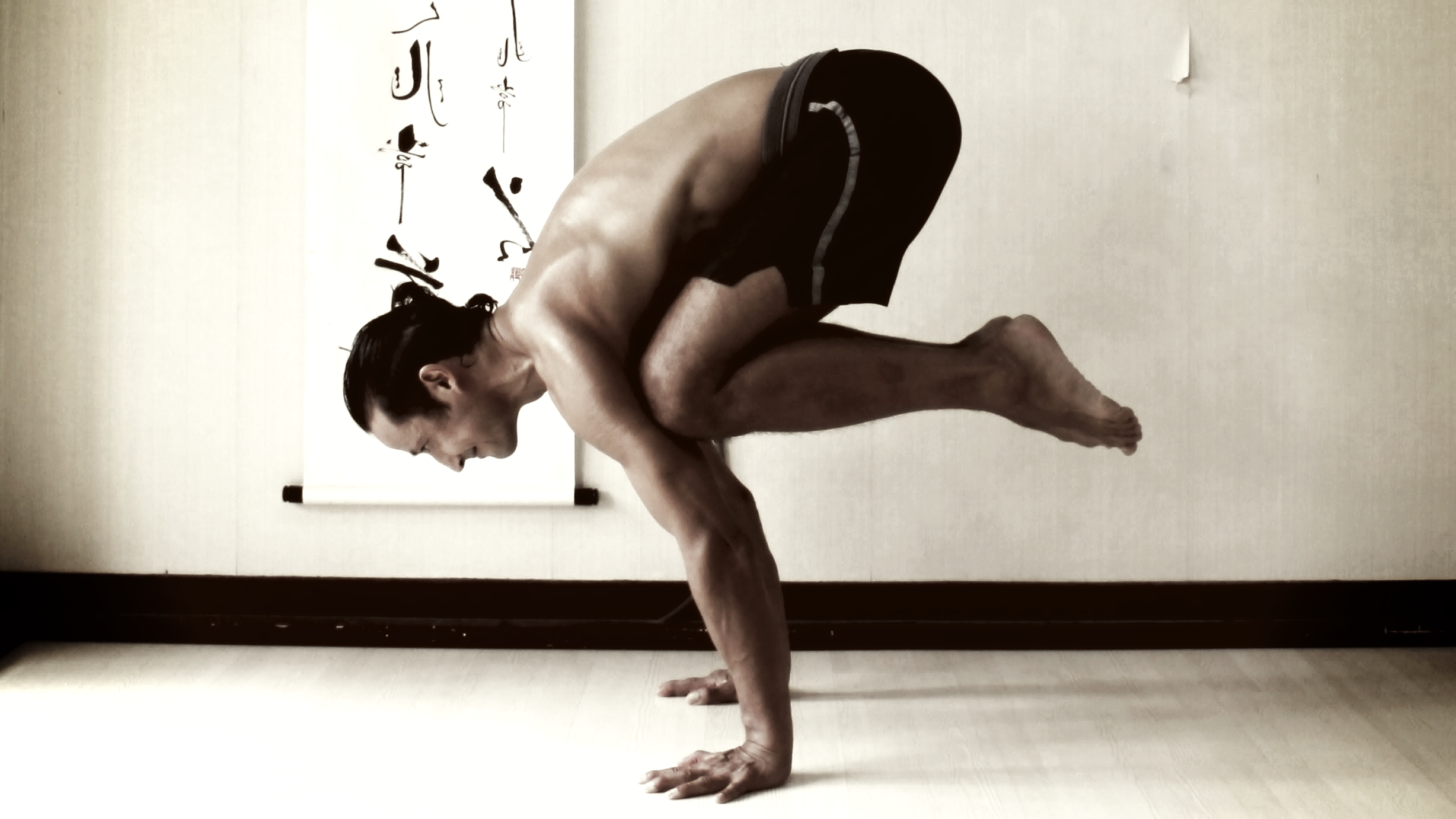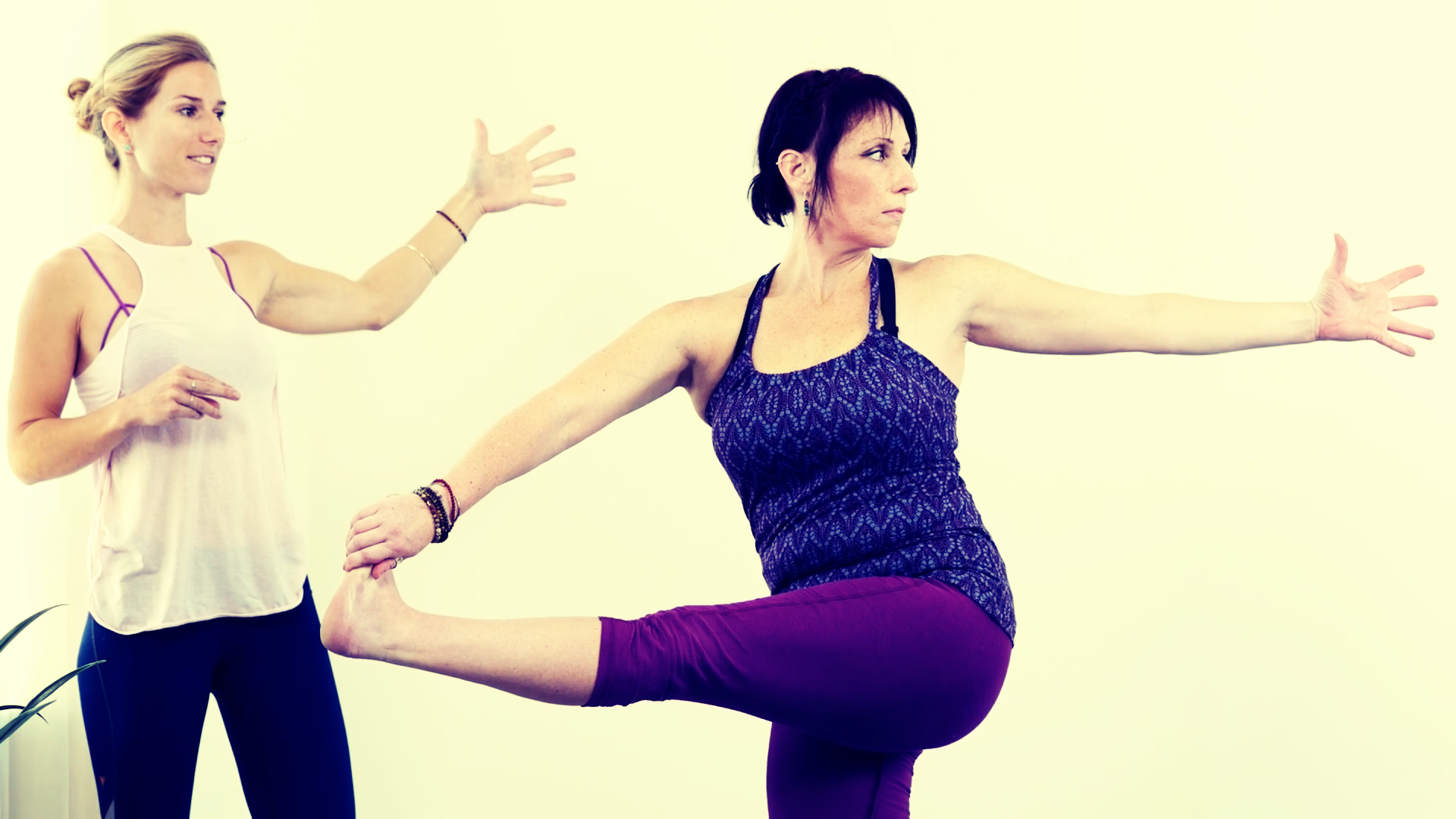Medical science is finally validating what yogis have known for thousands of years.
People that are new to yoga often talk about finding a sense of well-being and health. Practitioners also credit yoga for alleviating back problems, arthritis, or chronic pain they once thought would limit their lives. These anecdotes are real but do they translate into quantifiable health improvements or the kind of scientific research that members of the medical world accept?
Many yoga students, trusting their own experiences, may not know or even care if the medical establishment believes in yoga as a valid therapy for specific diseases or conditions. But there are definitely practical reasons for encouraging scientific research into yoga’s benefits. Insurance companies, just beginning to honor yoga and other alternative therapies as legitimate healing practices, are more likely to embrace yoga and reimburse ailing students for its costs if research documents its effectiveness.
Still, it may take some time to develop a significant body of research, "The research is mostly being done in India, and the studies are being published in noted journals with a lot of credibility." Brandeis a board-certified gynecologist.Brandeis believes that it comes down to money; funding for research tends to go into ventures more likely to result in big profits. "Compared to a drug which can be prescribed and sold worldwide, yoga just doesn’t make money," Brandeis says. He’s optimistic, though, that as more and more people turn to alternative and complementary medicine, this situation will change; he notes that classes at one yoga centre in Los Angeles are now being covered by Blue Cross/Blue Shield. "Insurance companies are recognizing the fact that yoga is a less expensive and more efficient method of rehabilitation," he says.
With the establishment of the Office of Alternative Medicine (OAM) in 1992, and the subsequent establishment of the OAM’s National Center for Complementary and Alternative Medicine (NCCAM) in 1998, government-funded research about yoga and other mind-body practices is gaining momentum. As part of the National Institutes of Health, which calls itself one of the world’s foremost biomedical research institutions, the NCCAM mandates at least some funding for research in alternative healing therapies. Though these funds don’t compare to public and private funding for conventional medicine, the existence of the OAM acknowledges the growing importance of natural and traditional methods of healing, and the roles they may play in today’s changing medical climate.
Scientists and medical doctors pursuing yoga-related research are focusing on its ability to help prevent, heal, or alleviate specific conditions, such as heart disease, high blood pressure, carpal tunnel syndrome, asthma, diabetes, and symptoms of menopause, and its benefits as a technique for relieving stress and coping with chronic conditions or disabilities. In fact, the NCCAM itself, identifying yoga as a therapy worth pursuing in the research arena, says that, "During the past 80 years, health professionals in India and the West have begun to investigate the therapeutic potential of yoga. To date, thousands of research studies have been undertaken and have shown that with the practice of yoga a person can, indeed, learn to control such physiologic parameters as blood pressure, heart rate, respiratory function, metabolic rate, skin resistance, brain waves, body temperature, and many other bodily functions."
Relieving stress and anxiety is, of course, hard to quantify except by noting physiological changes, which presents a challenge to researchers. And yoga’s most ephemeral benefits, such as the opening of energy channels, are even more difficult to define and evaluate in a research setting. Dr. Brandeis believes it will take more scientists with a much greater experiential knowledge of yoga to begin measuring what might be classified as energetic changes. "Probably in the future [research will] try to translate energetic effects into concrete medicine, but right now there aren’t enough practitioners with enough knowledge to generate that kind of interest," he says. James S. Gordon, M.D., director of the Center for Mind-Body Medicine in Washington, D.C., also sees energetic changes in yoga practitioners. "Stress relief is certainly part of it, but there’s much more to it than that," Gordon says. "I don’t think that’s the whole story." Gordon suspects that yoga asanas activate different parts of the body in ways similar to the stimulation of the body’s meridians in Chinese acupuncture.
Whether yoga is studied as a method for preventing or treating disease, as a way of coping with difficult-to-treat or chronic illnesses, or as a way of altering the energy state of the body, it’s important to remember that yoga is a way of living and not an isolated technique, say the experts. "While many doctors and patients demand proof that yoga really can help certain medical conditions, they risk overlooking yoga’s far-reaching benefits," says Elliott S. Dacher, M.D., author of Whole Healing: A Step-b\y-Step Program to Reclaim Your Power to Heal (Plume, 1997). As researchers build a body of studies and trials confirming what yoga practitioners know, it’s a positive step for the yoga world.









I’ve subscribed to you blog now, keep this posts up.
I am going to speak to my partner about this